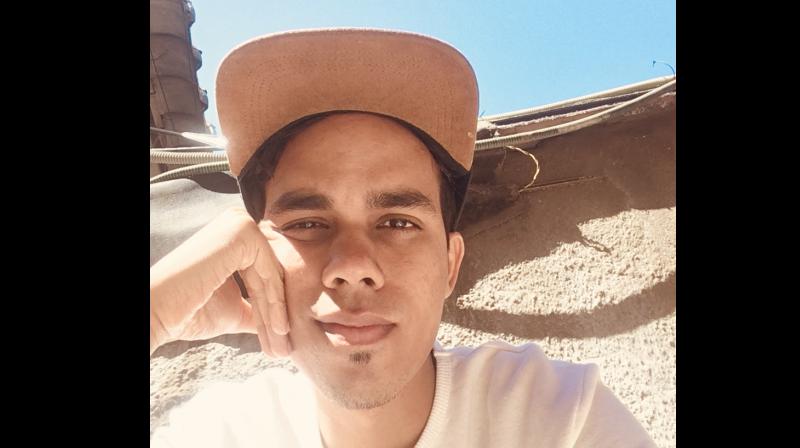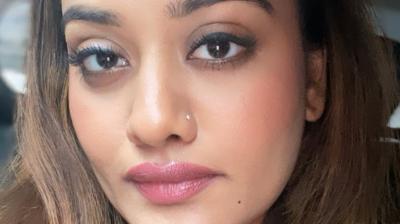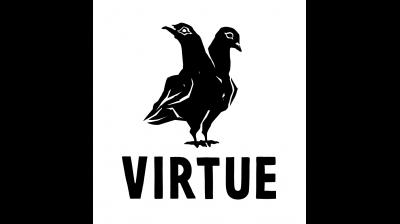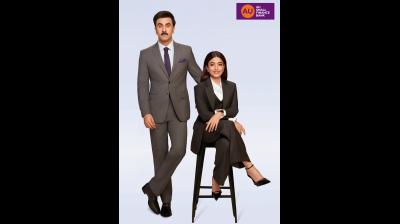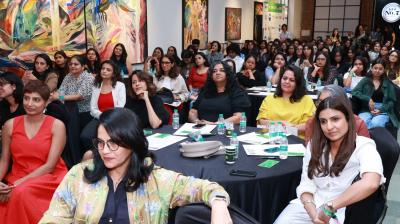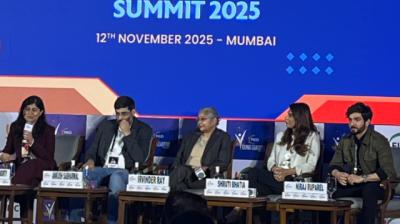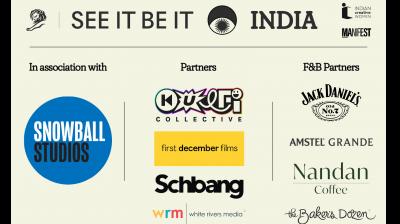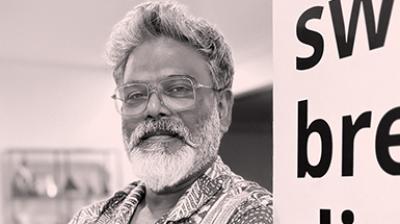Once upon a time, 'craft' in advertising meant a very specific set of things: hand-drawn storyboards, perfectly kerned type, ten-hour retouching marathons, and a fifth espresso at 2 am while your art director quietly wept in the corner. Writers obsessed over single word choices, art directors debated Pantone shades like ancient philosophers, and radio spots were recorded like they were Oscar contenders.
That era had its charm. And a lot of cigarette smoke.
But as the tools evolved, so did the definition of 'craft.' We welcomed photoshop, after effects, and illustrator with reverent glee. Craft became digital. Faster. Sharper. But still recognisable - a human behind the curtain, polishing pixels and refining copy until the cows (or Lions) come home.
Then came AI.
Suddenly, the curtain blew wide open. And behind it? Not one wizard, but many, all called things like Midjourney, ChatGPT, Sora, and Runway. Now, a 23-year-old planner can type “make me a photorealistic image of a giraffe in Gucci loafers on the moon” and have it ready before their oat milk latte cools.
So, what does “craft” mean when machines can mimic it? When AI can write decent copy, edit reels, retouch product shots, generate brand worlds, and even give your case study voiceover the perfect husky tone?
Here’s the twist: craft hasn’t died. It’s evolved - gloriously.
Today’s creative is part artist, part hacker, part DJ. Craft is no longer just in the making, it’s in the deciding. It’s knowing which tool to use, how to prompt it, how to finesse the output, and how to blend the human and the machine so seamlessly that we can’t tell where one ends and the other begins.
One does not just need a good eye. They need good taste. And a sixth sense for when something feels too synthetic. Craft today is knowing when to use AI and when to override it with raw human instinct. It’s knowing that “emotion” doesn’t have a shortcut key.
A famous someone, somewhere on the internet (okay, it was Jon Rafman!) said that the dawn of AI is not dissimilar to when photography appeared on the scene. Artists, of the paint and canvas persuasion, were aghast. “If a photograph can capture a landscape in more detail than a brush, where does that leave us?” Well, as we all know, photography didn’t end art. It forced it to evolve. Suddenly artists weren’t laser-focused on realism - they were free to explore Impressionism, Cubism, Surrealism and every other ism their hearts desired.
And let’s not forget: AI can’t pitch. Or read the room. Or tweak a script on set because the client's nephew doesn’t like ducks. That’s all still us.
Looking ahead, we’ll probably see even more democratisation of craft. Your intern will generate world-class visuals in minutes. Your global campaign could be built in a browser. Creatives will become creative directors of creative AIs. If anything, creativity - real skin, bones, blood-pumping-through-your-veins creativity will be even more vitally important. And of course, some things will get messy, weird, and slightly terrifying. No point in sugar-coating that fact.
But here’s the joyful truth: the heart of great advertising - insight, wit, originality, emotional truth - remains stubbornly, gloriously human.
So don’t mourn the past. Craft hasn’t gone anywhere - it’s just shape-shifted. It wears new clothes now. Some synthetic. Some are stitched by hand. But the soul? Still beautifully analogue.
Let the machines do the heavy lifting.
We’ll keep doing the magic.
The author is the executive creative director (India), Virtue Asia.

